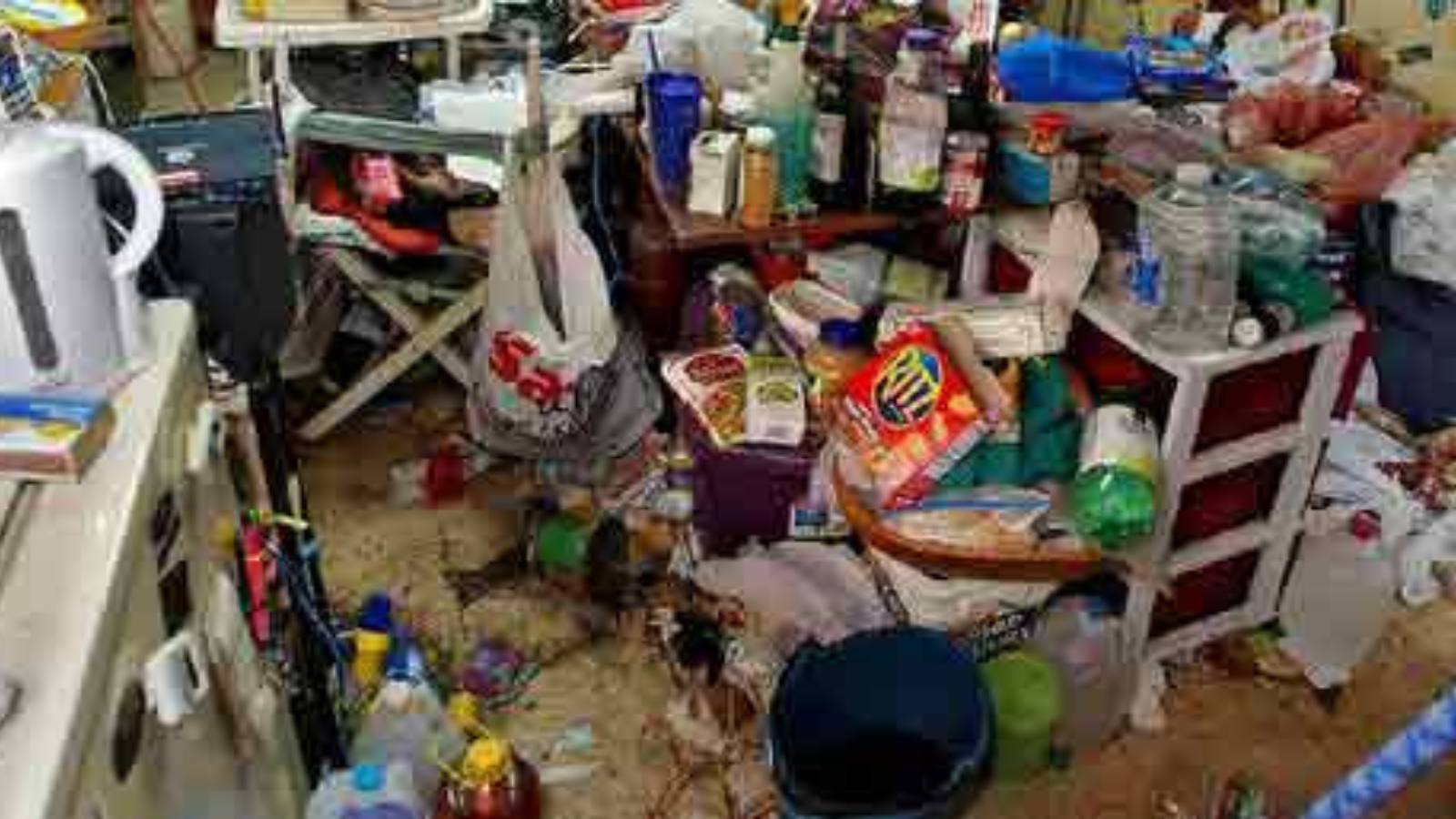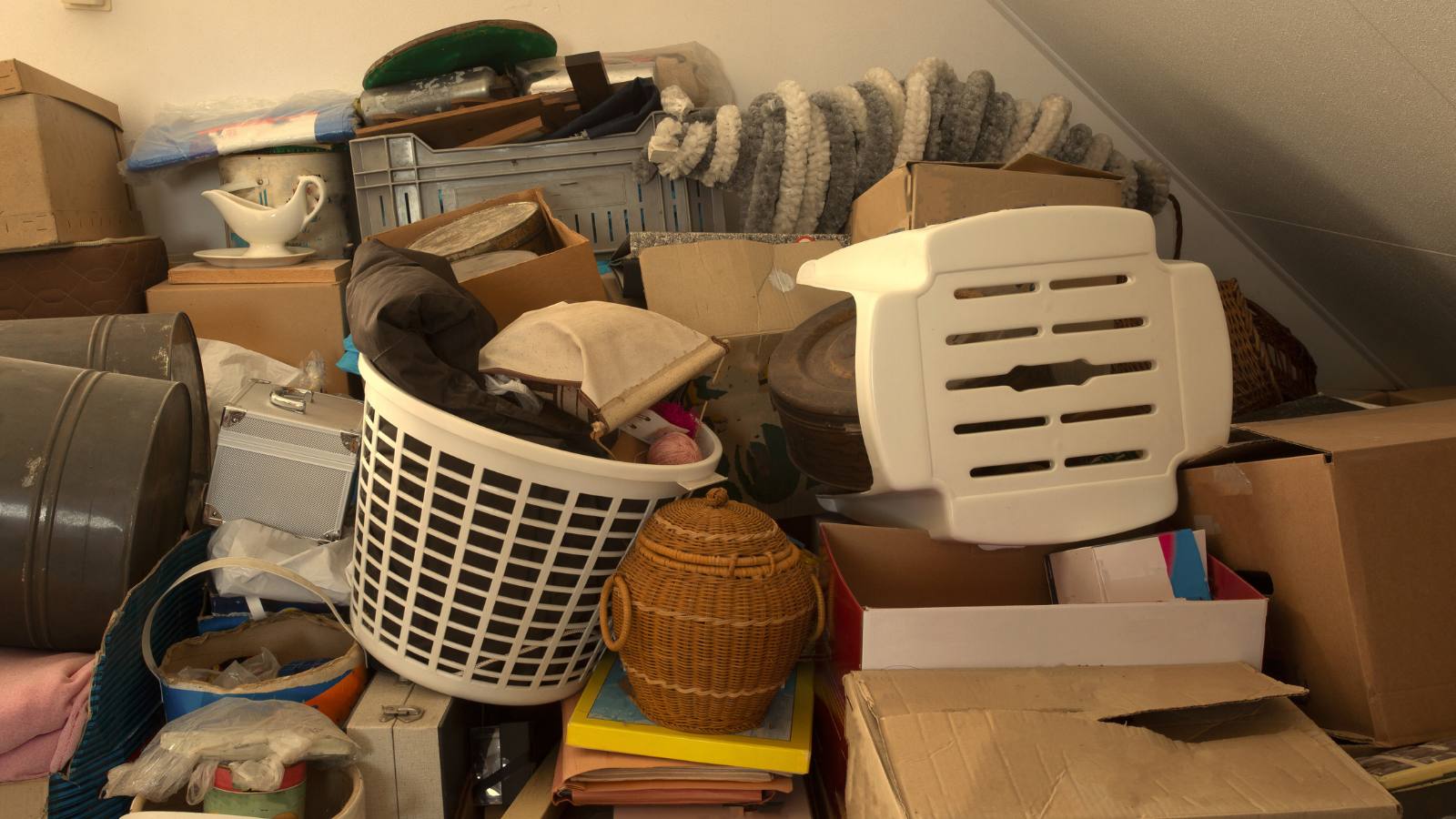Spotting Hoarding Behavior: Tips for Multifamily Property Managers
As multifamily property managers, your responsibility goes beyond merely ensuring that the building is well-maintained and the residents' needs are...
2 min read
Sarah Chadwick
October 17, 2023

As multifamily property managers, your primary goal is to create safe and comfortable living spaces for your residents. However, one of the most challenging issues you may encounter is hoarding – a complex disorder that can wreak havoc on both the hoarder and the property itself. Hoarding not only poses significant health and safety risks but also affects the overall living experience for other tenants. In this article, we will explore the types of damage hoarding can cause in an apartment building and provide insights into managing this delicate situation.
Hoarding involves the excessive accumulation of items and the unwillingness to part with them, leading to severe clutter in living spaces. Over time, this clutter can pose structural risks to the apartment. The excessive weight of accumulated items could strain floors, walls, and ceilings, compromising the building's integrity. Additionally, blocked hallways and exits may hinder escape routes in case of emergencies, raising serious safety concerns for residents.
Moreover, hoarded items can obstruct heating, ventilation, and air conditioning systems, which may cause poor indoor air quality and increase the risk of mold growth, pest infestations, and fire hazards. As property managers, it is crucial to regularly inspect units and identify signs of hoarding to prevent further damage and protect the well-being of all residents.
Hoarding often involves collecting items that are highly flammable or pose a fire risk, such as newspapers, cardboard boxes, and expired chemicals. Cluttered areas can easily become a tinderbox, turning a small fire into a massive blaze that can quickly engulf the entire apartment and potentially spread to neighboring units. In addition, hoarders may misuse electrical outlets and extension cords to power their collections, overloading circuits and increasing the risk of electrical fires.
It is vital for property managers to be vigilant about fire safety regulations and conduct regular fire safety checks to identify potential hazards promptly. Collaborating with fire departments to educate residents about fire safety and the risks associated with hoarding can also be beneficial in preventing disastrous situations.
The accumulation of clutter and lack of proper cleaning in hoarded apartments create ideal breeding grounds for pests, such as rodents, insects, and bedbugs. These pests can quickly spread throughout the building, affecting neighboring units and compromising the health and comfort of all residents. Pest infestations can damage property, contaminate living spaces, and even cause allergic reactions and diseases.
As property managers, working closely with professional pest control services is essential to address infestations promptly. Additionally, regular inspections and preventive measures can help mitigate the risk of pest-related issues in the first place.
The unsanitary conditions resulting from hoarding can lead to a host of health issues for both the hoarder and nearby residents. Accumulated clutter provides a breeding ground for bacteria, mold, and other pathogens, contributing to respiratory problems and other health complications. The lack of proper sanitation and personal hygiene can also lead to the spread of infectious diseases.
When dealing with hoarding situations, it is crucial to approach the matter with sensitivity and empathy, recognizing that hoarding is often linked to underlying mental health conditions. Collaborating with mental health professionals can be instrumental in assisting affected residents while ensuring the safety and well-being of everyone living in the property.
Hoarding can be a significant challenge for multifamily property managers, as it can cause various types of damage to the apartment building and create a hostile living environment for residents. By addressing hoarding issues proactively and with compassion, property managers can protect their property's integrity, maintain the safety of all residents, and promote a harmonious community living experience.
Managing hoarding cases requires a delicate balance between enforcing property rules and regulations and understanding the underlying mental health struggles of affected individuals. By working collaboratively with residents, mental health professionals, and relevant community resources, multifamily property managers can help hoarders on their journey to recovery and maintain a safe and thriving living environment for everyone.
If you are a multifamily property manager dealing with a hoarding situation in one of your units and need assistance, don't hesitate to contact CRC today.

As multifamily property managers, your responsibility goes beyond merely ensuring that the building is well-maintained and the residents' needs are...

Disasters can strike at any time, leaving your animal care facility vulnerable if you are unprepared. Whether facing a natural disaster like a...

The holiday season is a time of joy, festivities, and togetherness. However, it also presents unique challenges for property managers in multifamily...